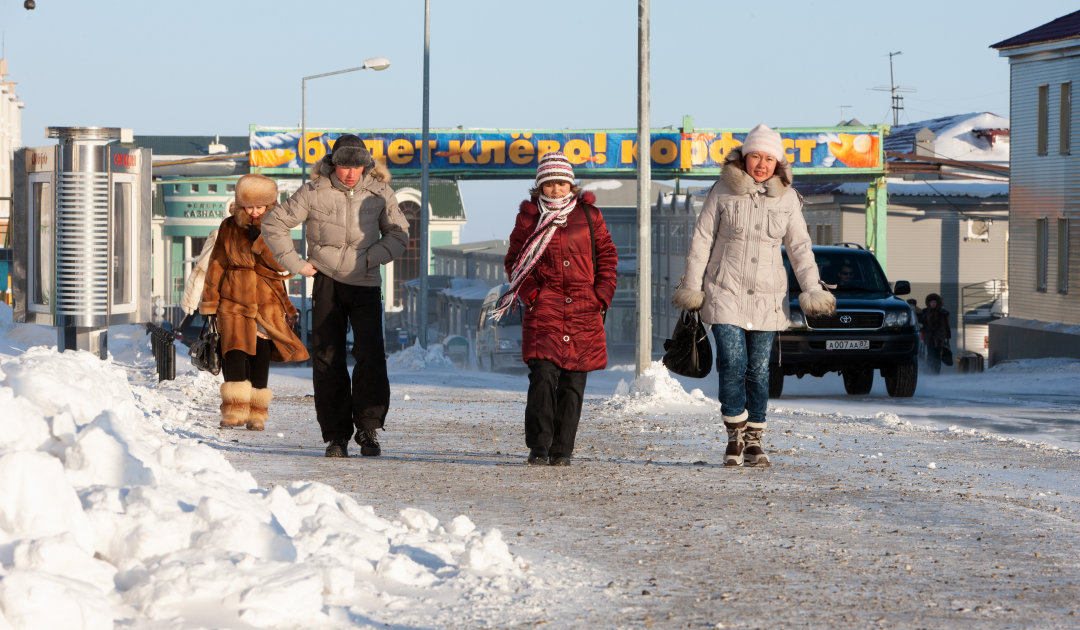
The areas, territories and regions in the Russian Far East are among the most remote parts of the country. Nevertheless, the COVID pandemic has found its way here as well. Mainly due to the labour force coming from other Russian regions, the virus could spread in the different oblasts, krais and territories. The Russian authorities have now published the latest figures from the various regions.
Accordingly, the semi-autonomous region of Chukotka has the lowest number of cases. Here, an extrapolated 1,123.4 cases per 100,000 inhabitants are known. In comparison, the neighbouring region of Magadan has five times as many cases, with 5,152.6 per 100,000 inhabitants. The Kamchatka region, located south of Chukotka, also shows a three times higher number of cases and ranks third in the Russian Far East with 3,467.0 per 100,000 inhabitants, just behind the Sakhalin region with its 3,592.2 cases.

The low number of cases in Chukotka is favoured by the current winter. Still, according to John Hopkins University, which has been compiling case numbers worldwide since the pandemic had started, the numbers in Chukotka are slightly increasingas well. Currently, authorities there report 556 confirmed COVID cases, 52 of which are reported as “sick.” At the beginning of the year, the authorities had reported falling numbers. As there is little travel activity currently due to winter conditions, it is unlikely that the new variants of the SARS-CoV2 virus have spread to Chukotka. However, this assumption has yet to be confirmed by the authorities. The number of people who died from or with the virus is reported as 4. In the largest city of the Russian Far East and seat of the Ministry for the Development of the Russian Far East and Arctic, Khabarovsk, the numbers are interestingly much lower than in the regions of Magadan and Kamchatka.

The numbers in the Russian Far East and throughout Russia are increasing in most regions. The Russian Far East ranks second in the “per 100,000 population” statistics, despite the fact that Russia was the first country to produce a vaccine, Sputnik-V, and also to start vaccinating. Authorities report that currently over 1.5 million residents have been vaccinated already (as of January 12, 2021). The vaccination rate in the Russian Far East region is currently unknown.
Dr Michael Wenger, PolarJournal
More on the subject:





